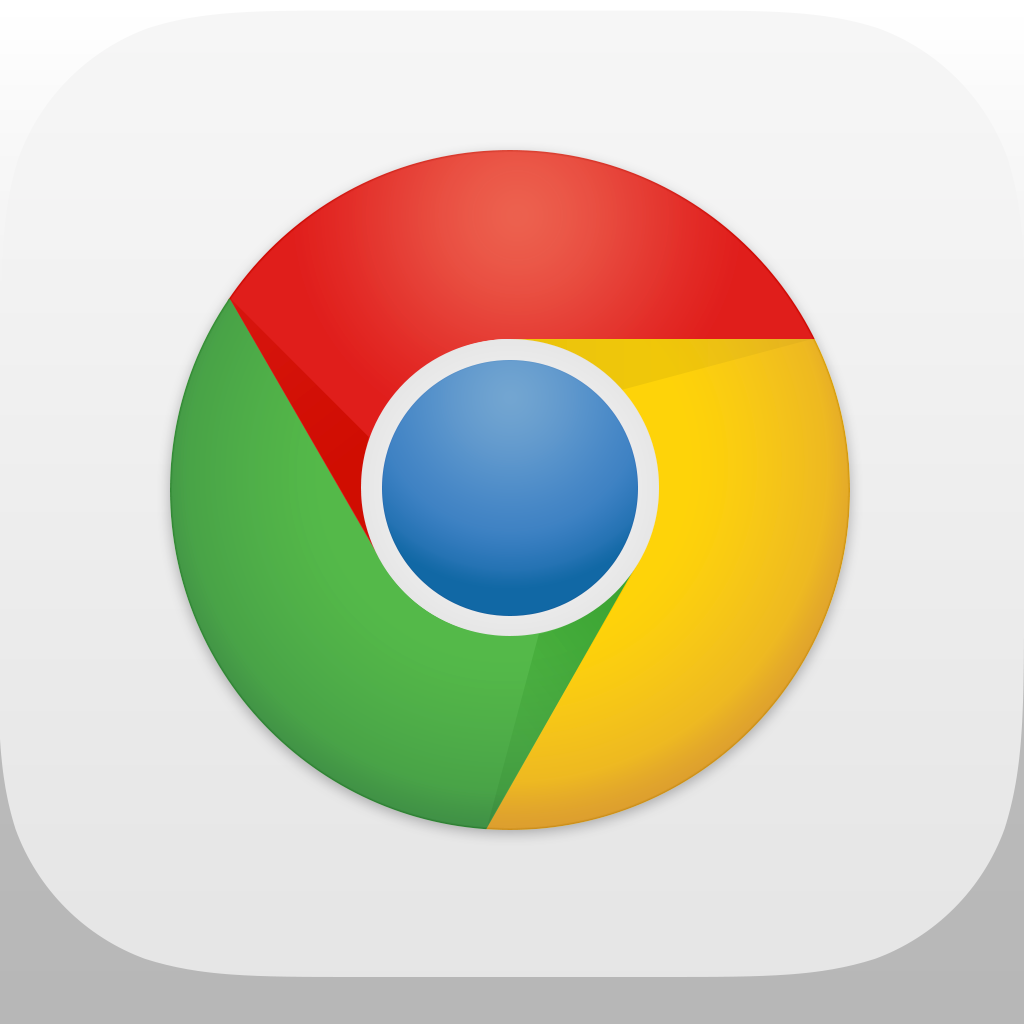
Finding the right words to communicate your message may sound simple, but language and comprehension is highly subjective. Meeting the needs of various cultures or age groups with the same text can be challenging. By anticipating reader behavior, you can write for the way that text is actually experienced.įor web content, this often translates to short paragraphs, scannable descriptive headings, and strategic formatting.Įxamples of eye tracking from online reading pattern studies.
#GOOGLE CHROME WEB STORE APP FOR FINANCES FULL#
UXW should reflect the ways readers of many languages scan pages in an F-shaped pattern, rather than read full paragraphs. The choices that are best for interfaces aren't always the same as the rules for formal writing. When it comes to word choice and style, a guiding principle for style decisions might simply be to make it work. That doesn't mean that grammar isn't valuable for clarity and consistency, but it's helpful to first consider user needs and let grammar decisions follow. UX writing prioritizes a goal-oriented style, rather than adherence to grammar.

User-centered writing, AKA "make it work"

This lab builds on foundational writing, grammar, and design concepts in Material Design. Start a doc or get a piece of paper to follow along with codelab exercises.Component-specific writing considerations.
#GOOGLE CHROME WEB STORE APP FOR FINANCES HOW TO#
How to determine the right tone and voice for different contexts.You'll learn to ask some of the questions that a writer might focus on to improve product experiences, such as clarity and concision in user-facing text like labels and notifications. Whether or not you work with a UX writer or Content Strategist, this codelab introduces ways for anyone to make language choices that work well for interfaces. Get to know Material Design's UX writing guidelines and start applying principles for UI text that will help your users get where they want to go.ĭid you know Material's communication section covers a lot more than UX writing? Take a look at topics ranging from data visualization to onboarding to empty state patterns. The Established Publisher badge showcases publishers who have verified their identity and demonstrated compliance with the developer program policies.Get to know Material Design's communication guidance !Ĭlear and concise writing plays an important role in the quality of user experiences. The Google Chrome Web Store teamĪ recent post on Google’s Keyword details each badge, what they mean, and how to earn each one. Both of these badges will appear in the store in the next few weeks.ĭevelopers who earn these badges may receive higher rankings in search and filtering, and may also see their extensions appear in special promotions both on and off Chrome Web Store. Today, we’re happy to announce two new extension badges to help us deliver on that goal: the Featured badge and the Established publisher badge. The Chrome Web Store aims to make it easy for users to find top quality extensions while recognizing the developers who create them. Since 2009, developers have been hard at work building extensions that make Chrome more powerful, useful, and personalized for users.


 0 kommentar(er)
0 kommentar(er)
